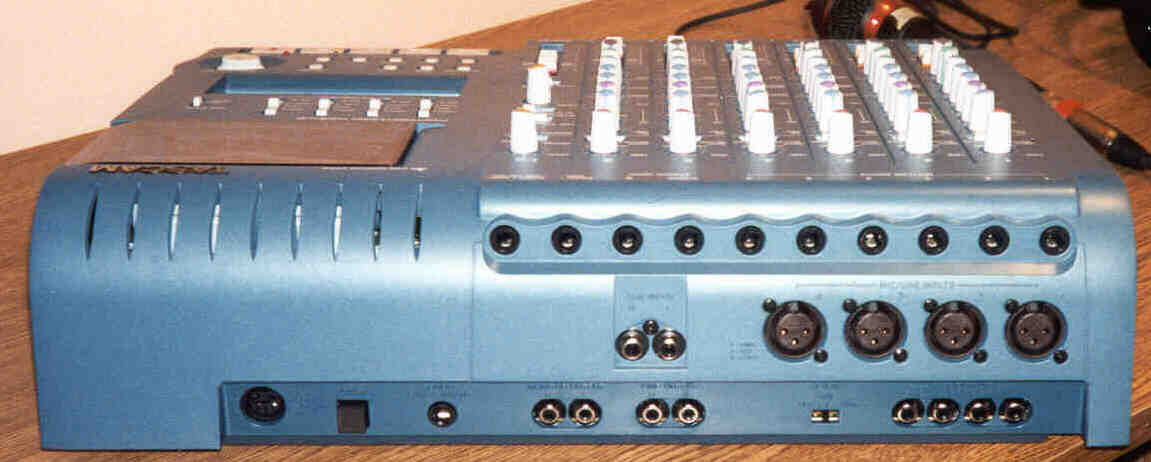


It is here that the first of the MkII upgrades appear in the form of improved mic input circuitry, and indeed noise only starts to rear its ugly head when the Trim controls are in the last quarter of their travel.
TASCAM 424 MKII PORTASTUDIO MANUAL
The informative owner's manual warns you not to use both of these inputs at the same time, but mysteriously omits to tell you what would happen if you did! As is now convention, the signals then pass through the input gain control, which Tascam prefer to call a 'trim'.

Signals enter the 424's mixer section either through the four balanced mic inputs, or via the unbalanced jacks on the rear panel. However, they did not prove problematic in use and were fairly even in feel. The only slight reservation I have is the feel of the rotary pots, which appear to be almost loose in the casework because of the way they are mounted. Although the 424 MkII's grey casing is an all‑plastic affair, the overall look is very smart and construction seems reassuringly robust. A 3‑position switch, for the onboard dbx noise reduction system, is also located on the rear panel and allows options of on, off and sync (which disables the dbx on channel 4 only). The only sockets contravening this are the four tape track outputs, stationed on the very rear panel, and a headphone and remote punch in/out socket, which are sensibly placed on the front edge. Most of the various ins and outs are positioned on a sloping rear panel, which makes access easy for any repatching that may be necessary during a session. As an aside, on the rear panel, Tascam have fitted a pair of Sub In sockets to receive signals from an external mixer, making the 424's integration within a sequencing setup even easier. To the right is located the cassette door, associated transport controls and the display area, which is reasonably big, bright and informative. On the left‑hand side is the mixer section, with four fully‑featured mono channels and the bonus of two stereo channels the latter offer simple level controls only, but are welcome just the same. The 424 is no different in this respect, following the tradition of a standalone unit, with the controls roughly divided into two equal areas. Deja VU?Īlthough the cassette multitracker has taken many diverse forms, the basic shape and layout has become more or less standardised. The newest kid on the block is the Portastudio 424 MkII, an upgraded and improved version of the earlier 424. However, the Tascam name is still considered synonymous with the portastudio concept (they invented it, after all) and new models keep emerging in different guises on a regular basis. Many companies have come and gone in this introductory sector of the market, where competition is at its most fierce. For anyone new to recording they offer a user‑friendly, all‑in‑one introduction to the multitrack process, and for the more experienced user a form of musical notepad to try out ideas. Years on, after cutting my teeth on these 4‑track wonders (and still no stardom), portastudios and their clones seem to be as popular as ever. I carried this home from the shop with my flares flapping in the breeze, sure in the knowledge that it would rocket me to recording stardom. Some time after this groundbreaking event, I managed to save enough money to buy the by‑then‑upgraded 244 machine. It boldly announced the imminent release of their 144 Portastudio, the world's first affordable 4‑track recorder based around the humble compact cassette.

More years ago than I care to remember, I was introduced to multitrack recording after reading a leaflet issued by Tascam. Andy Davies checks out Tascam's latest cherry.
TASCAM 424 MKII PORTASTUDIO FULL
With the advent of digital portastudios, manufacturers are busily revamping their analogue machines and packing them full of more features.


 0 kommentar(er)
0 kommentar(er)
